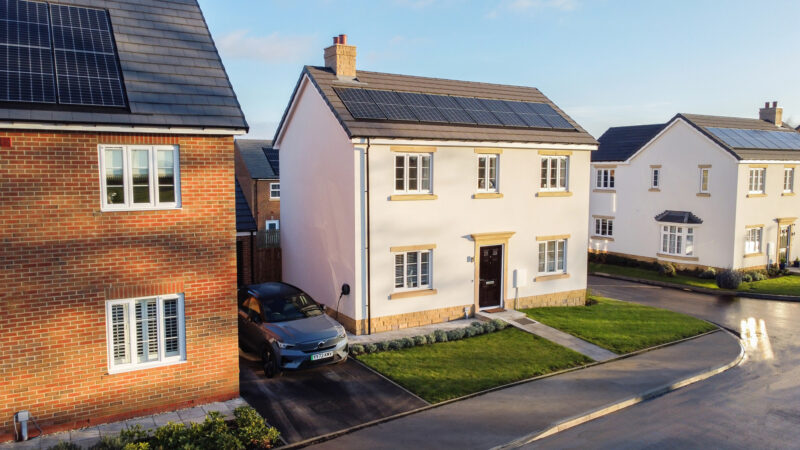
Summary:
An electric vehicle (EV) energy tariff allows you to charge your electric car for a reduced unit rate at specific times of the day, typically for a few hours overnight. It’s a great option for people who can charge their vehicles at off-peak times.
Low-cost charging with EV energy tariffs
Over the last few years, consumers have experienced record high inflation, leading to a rising cost of living including energy bills.
Constant increases to unit prices and standing charges will mean you pay more to charge your battery at home, but it doesn’t have to be this way. A number of energy providers offer EV energy tariffs to ease the cost of charging.
Switching to an EV energy tariff with special off-peak rates can give you peace of mind that driving electric continues to be a cost-effective way of travel.
Are EV tariffs worth it?
Absolutely! When you start charging your EV at home, your energy bills will increase as you shift your spending from petrol or diesel fuel to electricity. EV tariffs allow you to make significant savings when charging at off-peak times compared to a normal tariff.
The current energy price cap means some energy providers charge up to 28.17p per kWh of electricity. An EV tariff can cost as little as 8.49p per kWh during off-peak times – that’s a potential saving of up to 70%.
What are the benefits of using an EV tariff?
Save money on home charging costs
EV tariffs offer some of the lowest unit rates on the market. We’ve partnered with EDF to give new customers one of the best electricity tariffs for electric cars with a unit price from just 8.49p per kWh when you get one of our Solo 3S home chargers.
Use renewable energy
The majority of EV tariffs available on the market use 100% renewable energy. This way you can power your electric car with green energy while saving money. A win-win!
Enjoy new customer perks
Some electric car charging tariffs have time-limited special offers for new customers, such as a set number of free miles, a reduced unit rate, membership to public charging networks and other interesting perks.
Put less pressure on the grid
Doing the bulk of your home charging during off-peak hours, so avoiding times when a lot of demand is put on the system, reduces the pressure on the grid.
To keep supply up during peak times, fossil fuel sources are often used to generate extra electricity, which isn’t particularly environmentally friendly. This makes off-peak charging even more sustainable.
Is electricity cheaper if I have an EV tariff?
Technically, electricity isn’t cheaper on an EV tariff, but you can shift the majority of your charging to times when demand is lower and you can buy energy at a reduced rate. This way, you have the opportunity to make substantial savings and bring the overall cost of your electricity down.
How green are EV tariffs?
Using EV tariffs as intended, during off-peak hours at night, is the most sustainable and green way to charge at home. When demand on the grid is high, it’s common that electricity production from fossil fuel sources is temporarily increased to plug the gap.
During off-peak hours, demand is low, so the grid is likely to have a higher proportion of renewable energy in its supply. This makes EV tariffs a green option for home charging.
How can I switch my EV tariff?
First off, you’ll need a smart meter to use an EV tariff. If you don’t have one, contact your current energy provider to install one for free.
A smart meter allows you to automatically send meter readings to your provider in intervals of 30 minutes.
Once that’s done, switching is very easy. Find the best energy provider for electric cars by comparing tariffs and reviews. Then, simply ask the provider to move you to the new EV tariff. They’ll handle the process and confirm once the switch is completed.
Make sure to regularly log into your customer portal to keep on top of your usage. To make the most of off-peak charging, plug your EV into your home charger and schedule it to work when electricity is cheapest for maximum savings.

